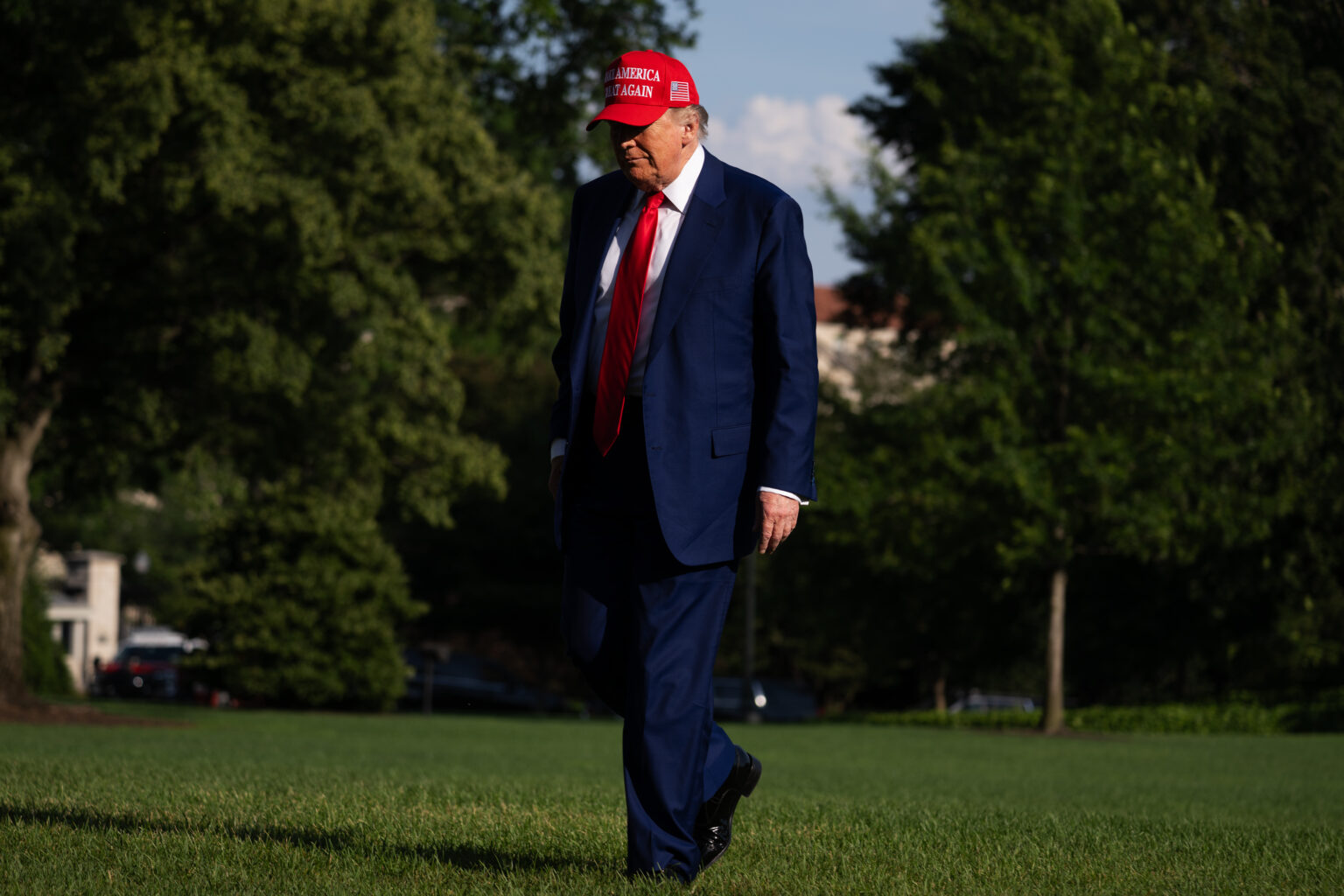Strategic Deception and Rapid Deployment: The Lead-Up to the Iran Strike
For several days, President Donald Trump maintained a cautious stance regarding his intentions to target Iran, publicly suggesting that no final decision had been made, even as he authorized military preparations and directed officials to mobilize forces. This ambiguous posture was part of a calculated effort to keep Iran uncertain about the timing and scope of any potential attack.
Secrecy and Limited Intelligence Circles
Within a select group of White House and military advisors, it was understood that, despite Trump’s public statements about a possible two-week delay, the likelihood of an imminent strike on Iran’s nuclear sites was high. The operational plans were already in motion, with the attack being scheduled to occur within days. Less than two days after Trump’s announcement, a fleet of military aircraft, including seven B-2 stealth bombers, was en route to Iran, signaling the operation’s swift execution.
The inner circle responsible for the attack plan was intentionally kept small. Many White House staff members remained uninformed about the specifics until moments before the operation was publicly announced, with some learning of the strike only after it had been launched. Air Force General Dan Caine, chair of the Joint Chiefs of Staff, emphasized the extreme confidentiality of the mission, noting that only a handful of individuals knew the precise timing and details.
Strategic Misinformation and Last-Minute Flexibility
One senior administration official explained that Trump’s suggestion of a two-week waiting period was partly a strategic move to mislead Iran and other observers, creating a false sense of delay. However, the official also acknowledged that there was some truth to the timeline, as the president kept open the possibility of halting the operation at any moment up until the aircraft crossed into Iranian airspace, which occurred around 6 p.m. Washington time.
Throughout the week, Trump’s focus was on maintaining a surgical strike to minimize broader conflict, repeatedly questioning his advisers on how to execute a precise military operation. Despite publicly expressing openness to diplomatic solutions, U.S. officials believed Iran was unlikely to make the significant concessions necessary to prevent the strike, particularly after Iran refused to abandon its nuclear enrichment capabilities during negotiations earlier that spring.
Diplomatic Efforts and the Absence of Direct Contact
While Trump did not engage directly with Iranian officials, his envoy to the Middle East, Steve Witkoff, continued diplomatic discussions with Iran. European diplomats also held talks with Iranian Foreign Minister Abbas Araghchi, but senior U.S. officials did not anticipate these negotiations would yield substantial progress. The prevailing view was that military action was imminent, prompting the Pentagon to prepare for a swift strike.
Internal Debates and Political Dynamics
In the days leading up to the attack, some senior U.S. officials, including Vice President JD Vance-a veteran of the Iraq War and known for his skepticism of military interventions-advised caution. Nonetheless, as the likelihood of military action increased, these voices aligned with the broader consensus. Despite reports of internal disagreements, White House officials insisted that key figures, such as Defense Secretary Pete Hegseth and Director of National Intelligence Tulsi Gabbard, were actively involved and not sidelined.
Execution of the Operation and Presidential Timing
On Saturday morning, as the B-2 bombers departed from the United States, President Trump and Vice President Vance were engaged in separate activities-Trump at his golf club in New Jersey and Vance returning from California-indicating a relatively relaxed schedule amidst the mounting tension. Later that evening, Trump returned to the White House, just as the aircraft entered Iranian airspace. Within minutes, the bombers reached their targets, and by 7:50 p.m., Trump announced the successful strike via his social media platform, Truth Social.
Operational Security and Coordination
Defense officials highlighted the meticulous planning involved, emphasizing that months of preparation and strict operational security enabled the U.S. to execute the strike with minimal warning. The team in the Situation Room included high-level officials such as Hegseth, Gabbard, Witkoff, Secretary of State Marco Rubio, and others, all briefed on the clandestine operation. Notably, Attorney General Pam Bondi was added to the group on the day of the attack.
Protecting Assets and Managing Public Perception
Throughout the operation, efforts were made to safeguard U.S. personnel and assets in the region, with military forces in the area kept to a minimum to reduce potential casualties and escalation. Meanwhile, the White House maintained close contact with influential figures within Trump’s political base, including prominent conservative commentators and strategists, to ensure support and manage public perception.
Decision-Making: The Moment of Choice
In the days following the attack, officials remained uncertain about the precise moment Trump committed to the strike. Some suggested that the decision was based on a gut feeling that diplomacy had failed, rather than a specific, formal decision point. Vice President Vance indicated that Trump made the final call just minutes before the bombs were dropped, emphasizing the president’s ability to halt the operation until the last moment.
Implications and Future Outlook
This swift and secretive military action underscores the complex interplay between diplomacy, intelligence, and strategic military planning in contemporary geopolitics. As Iran continues to develop its nuclear program, the U.S. faces ongoing challenges balancing deterrence with diplomatic engagement. Recent statistics show that Iran’s nuclear activities have increased by over 30% in the past year, heightening concerns about regional stability and the potential for future conflicts.
In conclusion, the Iran strike exemplifies how modern military operations are often characterized by high levels of secrecy, rapid execution, and intricate coordination among various branches of government and military agencies. The decision-making process remains fluid, driven by real-time intelligence and strategic considerations, reflecting the unpredictable nature of international security crises today.

